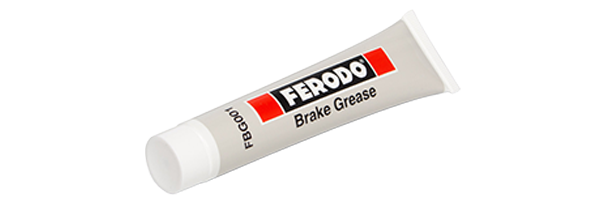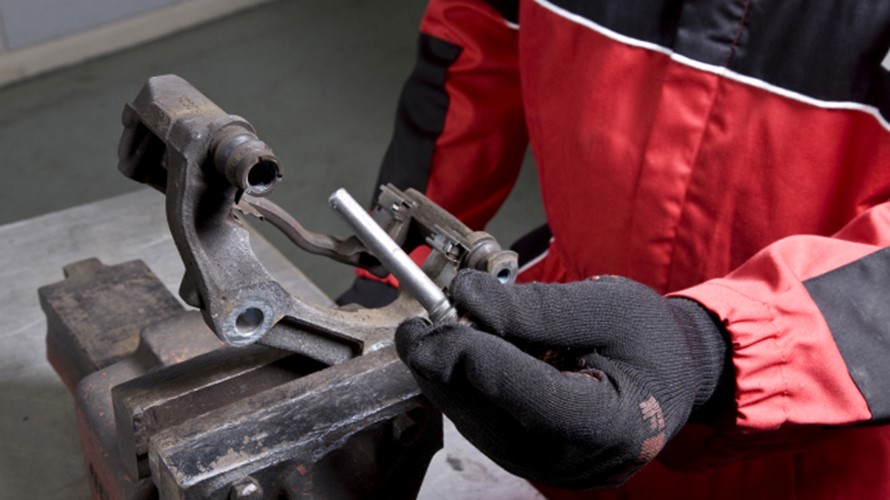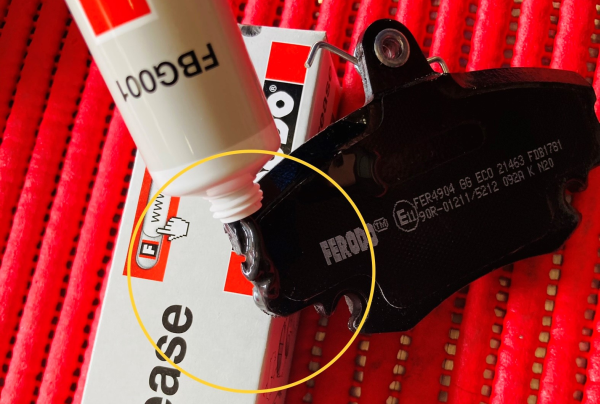 GREASE IS SUCH A MISUNDERSTOOD WORD
GREASE IS SUCH A MISUNDERSTOOD WORD
To some, any chemical product that enhances lubricity is a “grease.” In truth, grease represents just one of several families of products formulated to protect specific parts and surfaces. There are many types of grease, some of which are not compatible with one another.
The same is true of lubricants, which can range from oil to penetrating lubricants to dry lubes.
The easiest way to distinguish between a grease and a lubricant is the material’s thickness. Greases are semi-solid compounds designed to stick to a surface while providing lubricity in motion. Greases themselves are sticky, so they will attract and hold contaminants when used in dirty environments.
Lubes are lower-viscosity, free-flowing and often sprayable liquids that provide a thin layer of protection. They are less likely to attract and retain dirt and other contaminants.
Now that we’ve established that grease and lubes are two distinct sets of products, let’s look at how they can be used during a brake job – and equally important, when not to use them.

 PREVENTING OR CORRECTING BRAKE SQUEAL
PREVENTING OR CORRECTING BRAKE SQUEAL
Noise, or “brake squeal,” is the leading cause of consumer complaints when it comes to their vehicles’ braking systems. In modern passenger vehicles, brake squeal can mean one of two things: Either the brake wear indicator is signaling it is time for new brake pads or there is another source of high-frequency vibration – which humans perceive as a squeal – somewhere in the wheel-end.
Solving the first problem is comparatively easy. Here’s how to diagnose the second, and properly use grease/lubes to correct the problem:
Most brake squeal complaints can be traced to the interface between the calipers, brake pads and brake discs. Corroded brake discs can be one cause, in which case the discs should be machined or replaced.
Another common problem is one or more calipers and its brake pads that have failed to properly retract when the brake pedal is released. This can cause overheating of the brake pad and a phenomenon known as “glazing,” where the surface of the pad material crystalizes. It can also damage the brake disc.
In addition to brake squeal, a stuck caliper can often create vibration in the brake pedal and steering wheel. If left uncorrected, it will not only wear out the brake pads and disc, but also increase fuel consumption, since the engine and/or electric motor(s) will need to work harder to maintain the desired speed.
To correct a stuck caliper, first remove the brake pads, then use a wire brush to thoroughly clean dust and debris from the caliper. A sprayable brake cleaner can also be used.

In many cases, you will find that caliper brackets and slides (grooves) have become caked with dirt, rust or other contaminants that prevent the brake pads from properly sliding forward and backward when the pedal is applied/released. A thorough cleaning, followed with the use of an Alu-Zinc corrosion protectant, should fix this problem. It is also a good idea to apply silicone lubricant to any metal-to-rubber friction points on the caliper, such as the guide pins to boots.
Important note: Do NOT use grease on these caliper surfaces, as it will attract dirt, dust, grit and other contaminants.
 PROPER USE OF GREASE ON BRAKE PADS
PROPER USE OF GREASE ON BRAKE PADS
After cleaning/servicing the caliper, it’s time to either reinstall the existing brake pads, if not damaged, or fit new pads.
Best practice for installing pads is to apply a small amount of brake grease, such as FERODO Brake Grease, only to metal-to-metal friction points on the back of the pads. Do NOT allow any grease to come into contact with the pads’ friction material, as this will contaminate the pad surface.

 QUICK REMINDERS
QUICK REMINDERS
- When cleaning calipers, discs and other components, only use cleaning sprays/liquids formulated specifically for this purpose, from a trusted provider.
- Follow the manufacturer’s recommendations for use of grease and spray lubes on brake components. Do not allow grease to come into contact with the front (friction material) of the brake pads.
- All greases are not the same and/or interchangeable. Use only FERODO Brake Grease to ensure best results.
Garage Gurus on When and How to Use Brake Grease
The content contained in this article is for entertainment, informational and promotional purposes only and should not be used in lieu of seeking professional advice from a certified technician or mechanic. We encourage you to consult with a certified technician or mechanic if you have specific questions or concerns relating to any of the topics covered herein. Under no circumstances will we be liable for any loss or damage caused by your reliance on any content.